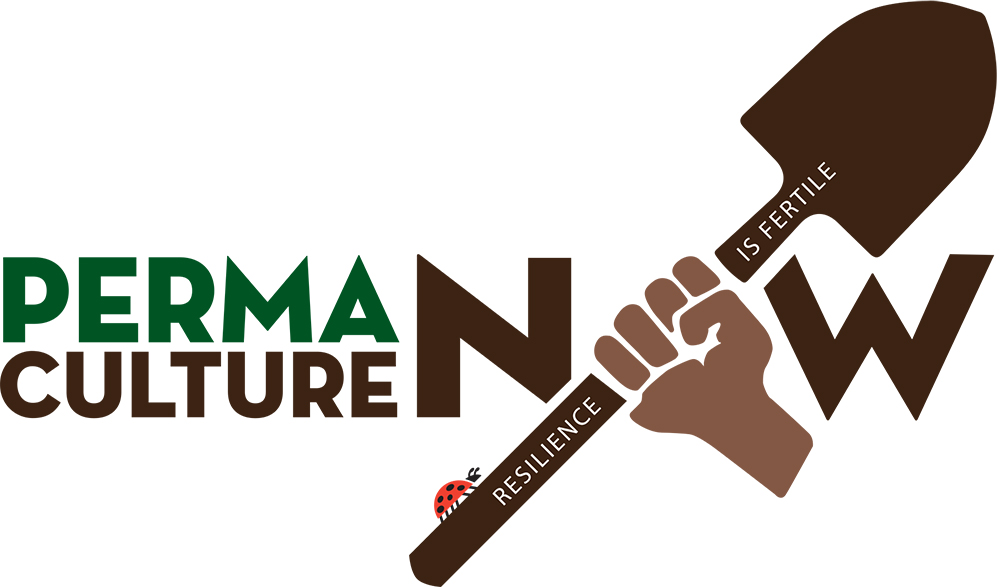Village Permaculture Design
About 10 years ago, Jenny was asked to put together a village design for two different types of villages in the country of Suriname. Suriname is a small country on the Atlantic Ocean of South America. It’s bordered to the south by Brazil. And then there’s French Guiana and it kind of goes up into where the Caribbean chain starts.
It was a formal Dutch colony with of sordid history of slavery. It’s a very, very multi-ethnic country with a small population. The country is approximately the size of the state of Oregon, has about a 500,000 population and half of the population lives in one city.
All the villages flow from rivers that come out of the same Amazon basin, more or less. Most of the villagers live upriver, they move around by canoe, and they go to one city to do all their trade. There are several indigenous cultures that speak different languages, different groups of indigenous people from the Amazon basin.
They have big timber contracts, they have bauxite, they have all these things, but they don’t have the infrastructure to access their natural resources, the government tends to sign big contracts with companies that have those types of resources.
Click below to hear the back-story from Jenny Pell or scroll down to read about this design.
ABOUT THIS PROJECT
We were asked to put together a village design for how they were going to use their resources but do it in a way that also builds community and also has more of an enduring, and wholesome aspect to it, then just a mining village, which is men who work and live-in dormitories.
There tend to be several ills that plague a culture like that, so they really wanted to look at it from a village lens. We were brought in to put together two different village designs. One was basically a brand-new town, and the one was to be a village on a river.
Designing a brand-new town was fun. We collaborated with a city planner, and a landscape architect from Seattle who had also worked all over South America. For the second design, the village, we had to look at the community flow.
We looked at the design following the curve of the river and we designed a beach area with a place to pull the boats out. We included a covered area where they can hang out and have a beer after work and repair their nets. We designed the village to have a central entry with a main square. We looked at this through the lens of community cohesion and keeping an eye out for strangers. It was a very interesting design.
It is important to think about, when you have resources that are going to enrich your country, how do you bootstrap your culture at the same time. How do you look at that through the lens of what is the culture that we are serving, what group is going to live there? What are their needs? What are the transportation needs for a group like that? And how do you design it in a way that really embraces the whole family structure and community?
RESIDENTIAL DESIGN

We design on small and large scale projects. This recent permaculture design was for a brand new two-acre family home.
CO-OP DESIGN

We’ve designed a worker-owned cooperative that provides several community services.
COLLEGE DESIGN

We worked with Evergreen State University to provide students with instruction on permaculture design.
JENNY PELL HAS BEEN FEATURED IN








